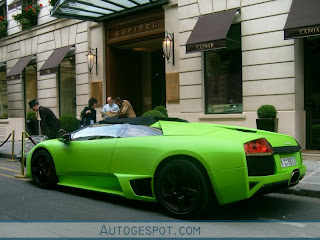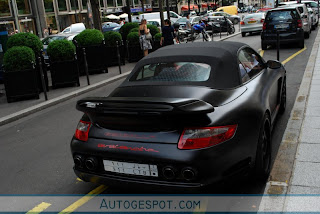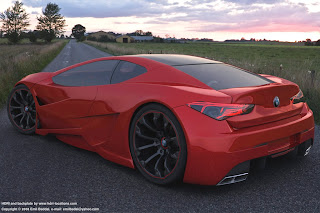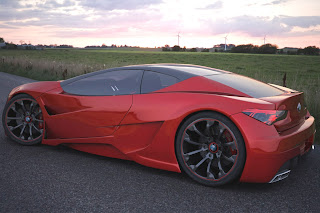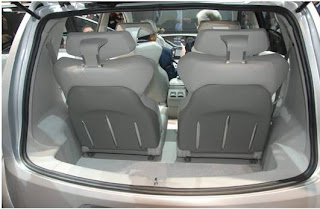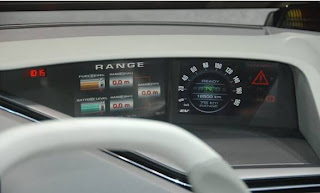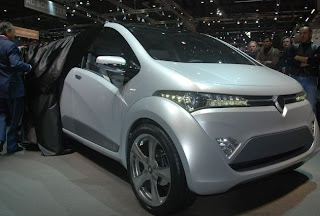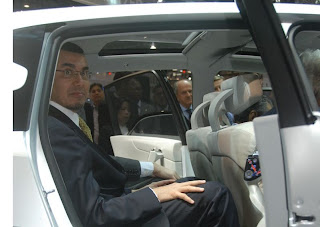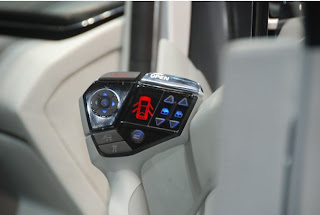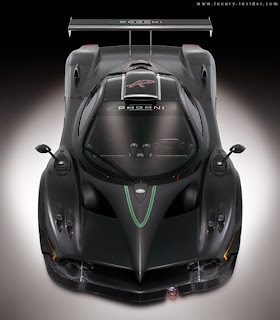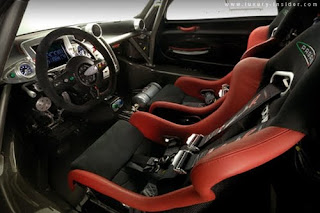Introduction of THE GYROBEE Craft , Gyrobee features in so much of what I used to write for Rotorcraft magazine, it has become a rather well known aircraft. This has led to a lot of questions which I hope to answer here on the Gyrobee Page. Before I get to that however, there are a few important points which have to be made.Airframe Specifications
* Empty Weight: 250 pounds (Note 1)
* Useful Load: 250 pounds (Note 2)
* Blades: Rotordyne, 7 3/8 in. chord (Note 3)
* Rotor Diameter: 25 ft.
* Height: 8 ft. 0 in.
* Width: 7 ft. 8 in.
* Length: 12 ft. 0 in.
* Fuel Capacity: 5 gallons
* Engine: Rotax 447 (40 hp.)
* Gearbox: 2.58:1
* Prop: 60-38 2-blade wood (Note 4)
Note 1: weight includes the Rotordyne blades and an ultralight-style instrument pod but no brakes or prerotator. With equivalent Brock or Dragon Wings blades the airframe weight will be about 225-230 pounds, permitting the addition of a prerotator.
Note 2: Assumes a 35-pound fuel load and a 215 pound pilot. Greater pilot weights can be accommodated, as noted later.
Note 3: The aircraft has been flown and performs well on both Brock and Dragon Wings blades.
Note 4: The aircraft flies well on a two-blade, 60 inch IVO Prop set to 14 degrees pitch. This is a very smooth prop and more durable than the wood version, although we think the "woodie" may be just a bit better.
First, the Gyrobee is not a commercial product. There are kits and components on the market (Star Bee Gyros provides everything a Gyrobee builder might need), but I am not connected to the company and I am not selling plans. Since I'm not trying to sell you something, you might find it easier to believe what I have to say about the machine - that's up to you!Second, because aircraft like the Gyrobee are plans- or scratch-built projects (unless you buy a Starbee kit!), they will require a significant investment in time to build. These aren't weekend kits! If you aren't sure a scratch-built machine is what you want, you would be better off with a kit ultralight or Experimental machine.
Third, the Gyrobee was designed from the ground up as a no-compromise, Part 103-legal aircraft. The features incorporated into the Gyrobee assure that it has the characteristics you want from an ultralight - legality, ease of handling, and a decent level of performance. Design features to accomplish this often run counter to current design trends in Experimental machines. Ultralights (fixed-wing or gyro) that work well are not simply scaled-down Experimental models and different approaches are often required. You don't have to believe this, but don't say I didn't warn you! Every feature of the Gyrobee is there on the basis of careful ultralight design considerations, backed up by extensive flight testing.
* Empty Weight: 250 pounds (Note 1)
* Useful Load: 250 pounds (Note 2)
* Blades: Rotordyne, 7 3/8 in. chord (Note 3)
* Rotor Diameter: 25 ft.
* Height: 8 ft. 0 in.
* Width: 7 ft. 8 in.
* Length: 12 ft. 0 in.
* Fuel Capacity: 5 gallons
* Engine: Rotax 447 (40 hp.)
* Gearbox: 2.58:1
* Prop: 60-38 2-blade wood (Note 4)
Note 1: weight includes the Rotordyne blades and an ultralight-style instrument pod but no brakes or prerotator. With equivalent Brock or Dragon Wings blades the airframe weight will be about 225-230 pounds, permitting the addition of a prerotator.
Note 2: Assumes a 35-pound fuel load and a 215 pound pilot. Greater pilot weights can be accommodated, as noted later.
Note 3: The aircraft has been flown and performs well on both Brock and Dragon Wings blades.
Note 4: The aircraft flies well on a two-blade, 60 inch IVO Prop set to 14 degrees pitch. This is a very smooth prop and more durable than the wood version, although we think the "woodie" may be just a bit better.
First, the Gyrobee is not a commercial product. There are kits and components on the market (Star Bee Gyros provides everything a Gyrobee builder might need), but I am not connected to the company and I am not selling plans. Since I'm not trying to sell you something, you might find it easier to believe what I have to say about the machine - that's up to you!Second, because aircraft like the Gyrobee are plans- or scratch-built projects (unless you buy a Starbee kit!), they will require a significant investment in time to build. These aren't weekend kits! If you aren't sure a scratch-built machine is what you want, you would be better off with a kit ultralight or Experimental machine.
Third, the Gyrobee was designed from the ground up as a no-compromise, Part 103-legal aircraft. The features incorporated into the Gyrobee assure that it has the characteristics you want from an ultralight - legality, ease of handling, and a decent level of performance. Design features to accomplish this often run counter to current design trends in Experimental machines. Ultralights (fixed-wing or gyro) that work well are not simply scaled-down Experimental models and different approaches are often required. You don't have to believe this, but don't say I didn't warn you! Every feature of the Gyrobee is there on the basis of careful ultralight design considerations, backed up by extensive flight testing.


















